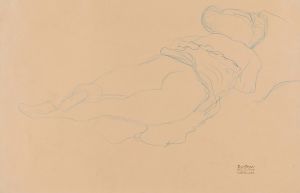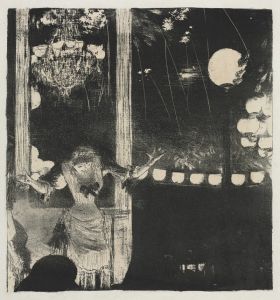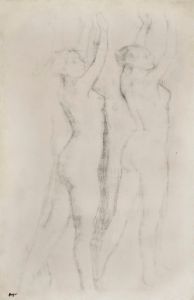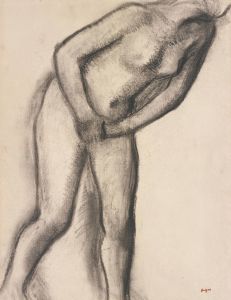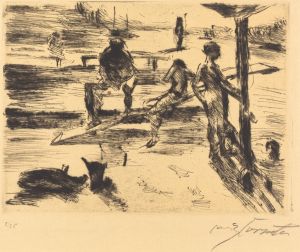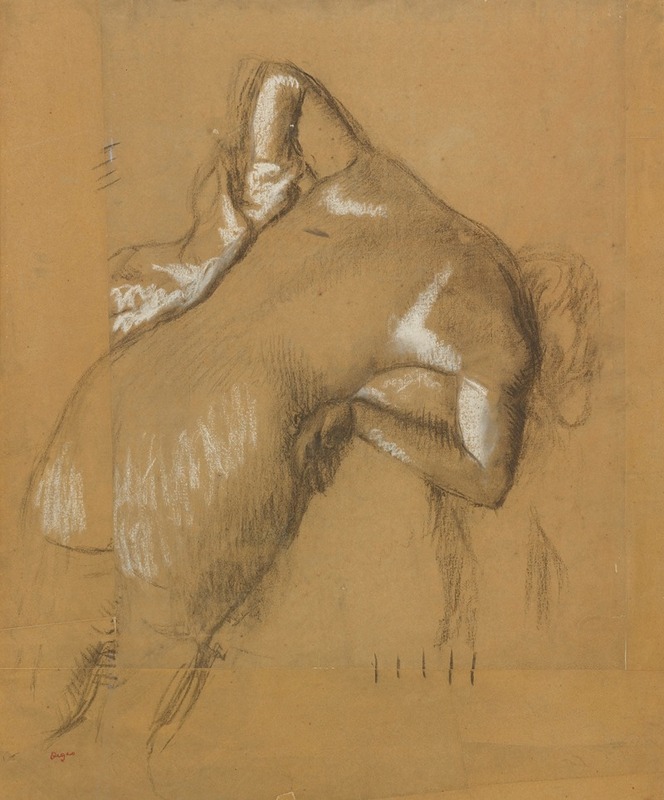
Femme Nue Debout, s’essuyant
A hand-painted replica of Edgar Degas’s masterpiece Femme Nue Debout, s’essuyant, meticulously crafted by professional artists to capture the true essence of the original. Each piece is created with museum-quality canvas and rare mineral pigments, carefully painted by experienced artists with delicate brushstrokes and rich, layered colors to perfectly recreate the texture of the original artwork. Unlike machine-printed reproductions, this hand-painted version brings the painting to life, infused with the artist’s emotions and skill in every stroke. Whether for personal collection or home decoration, it instantly elevates the artistic atmosphere of any space.
Edgar Degas, a prominent French artist associated with Impressionism, is renowned for his innovative approach to painting, sculpture, and drawing. One of his works, "Femme Nue Debout, s’essuyant" (translated as "Standing Nude Woman, Wiping Herself"), exemplifies his fascination with the human form and his skill in capturing intimate, everyday moments.
Degas was born in Paris in 1834 and developed a keen interest in art from a young age. He studied at the École des Beaux-Arts and spent time in Italy, where he was influenced by the classical traditions of the Renaissance. However, Degas is best known for his association with the Impressionist movement, although he preferred to call himself a realist. His work often focused on scenes of modern life, including ballet dancers, racehorses, and women in various states of repose and activity.
"Femme Nue Debout, s’essuyant" is one of Degas's many explorations of the female nude, a subject he frequently revisited throughout his career. Unlike the idealized nudes of classical art, Degas's depictions are often candid and unposed, capturing women in private, unguarded moments. This particular work shows a woman standing and wiping herself, a scene that suggests a moment of personal care and introspection.
Degas's approach to the nude was both innovative and controversial. He often depicted his subjects from unusual angles and in unconventional poses, challenging traditional representations of the female body. His use of pastels, a medium he favored for its ability to convey texture and color, adds a sense of immediacy and vibrancy to his works. In "Femme Nue Debout, s’essuyant," the use of pastels allows for a delicate rendering of the woman's skin and the subtle play of light and shadow.
The painting reflects Degas's interest in movement and the human form. He was known for his ability to capture fleeting moments, and this work is no exception. The woman's pose is dynamic, suggesting a sense of motion as she wipes herself. This focus on movement is a hallmark of Degas's work, seen in his many studies of dancers and bathers.
Degas's treatment of the nude was not without its critics. Some contemporaries found his work voyeuristic, while others praised his ability to depict the human body with honesty and sensitivity. Today, Degas is celebrated for his contributions to modern art and his ability to capture the complexity of human experience.
"Femme Nue Debout, s’essuyant" is a testament to Degas's skill as an artist and his innovative approach to traditional subjects. It reflects his interest in the everyday lives of women and his ability to portray them with both realism and empathy. This work, like many of Degas's pieces, continues to be studied and admired for its technical mastery and its insight into the human condition.






